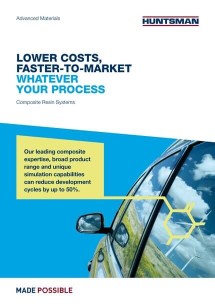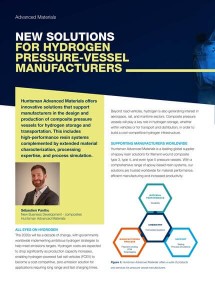Towpreg Winding
Towpreg Winding uses a fiber tow that is pre-impregnated with resin (prepreg). It is ideal for making cylindrical and/or hemispheric components. Towpreg material generally has a high filament count, making it a good choice for automotive parts, which require robust mechanical performance at low cost. The main automotive application is pressure vessels for CNG or hydrogen.



